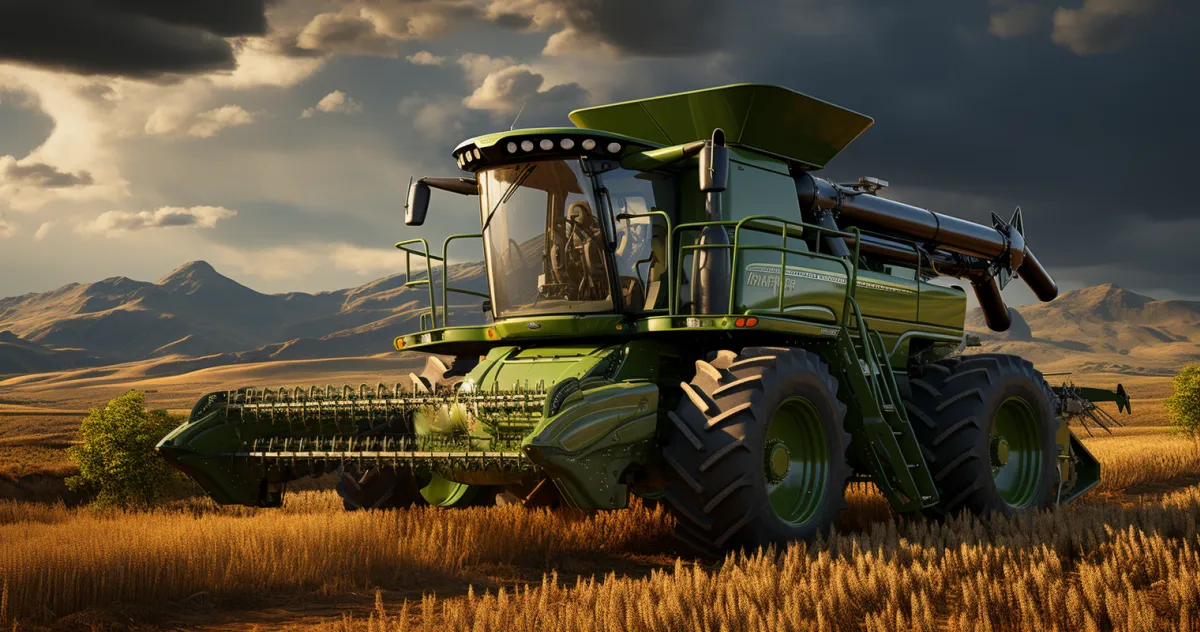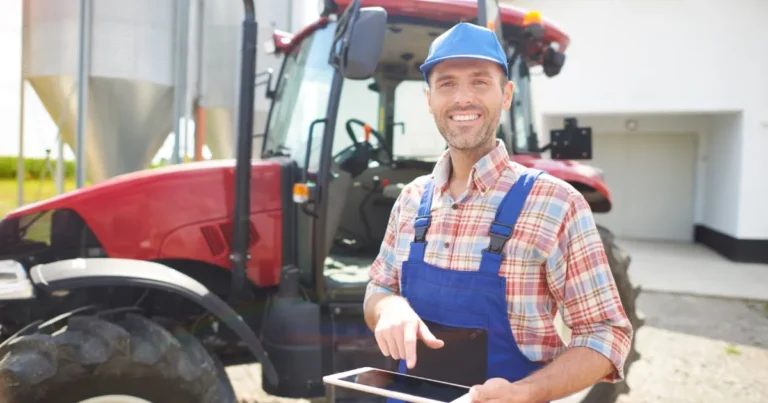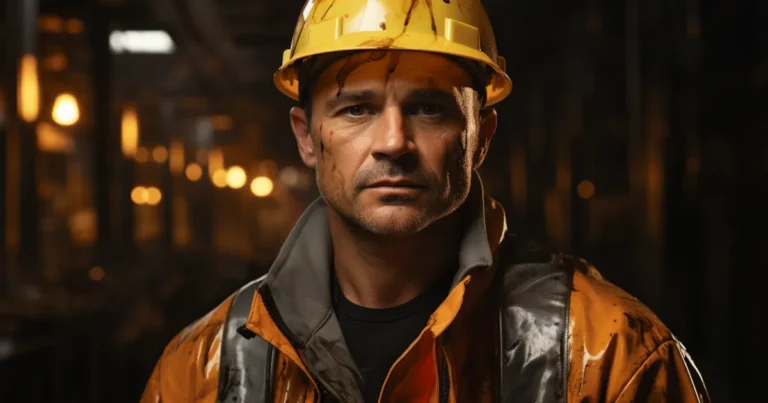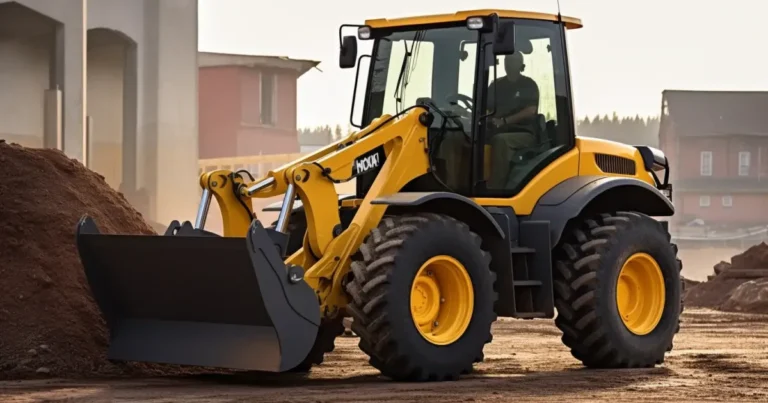Agricultural machines and construction machines are two distinct categories of heavy equipment, each serving unique purposes in their respective industries. While they share some similarities in terms of power and functionality, the engines that drive these machines are designed to meet specific requirements based on the demands of their applications. In this article, we will delve into the differences between agricultural machine engines and construction machine engines, exploring their key characteristics, performance considerations, and design variations.
Power and Torque Requirements:
One of the primary differences between agricultural machine engines and construction machine engines lies in their power and torque requirements. Agricultural machines, such as tractors and combine harvesters, typically require engines that deliver high torque at lower RPMs to efficiently handle heavy tasks like plowing, seeding, and harvesting. These machines need consistent power delivery at lower speeds to maintain traction and handle the variable loads encountered in agricultural operations.
On the other hand, construction machines, such as excavators, loaders, and bulldozers, demand engines with higher horsepower and lower torque at higher RPMs. Construction tasks involve heavy lifting, digging, and material handling, which require powerful engines capable of delivering sufficient horsepower to perform these functions efficiently.
Fuel Efficiency and Emissions:
Fuel efficiency and emissions regulations play a crucial role in the design of both agricultural and construction machine engines. However, the specific requirements and challenges differ between the two industries.
Agricultural machines often operate for extended periods during planting and harvesting seasons. Fuel efficiency is a key consideration for farmers as it directly impacts their operational costs. Agricultural machine engines are designed for optimal fuel efficiency while maintaining sufficient power to handle various tasks.
Construction machines, while also valuing fuel efficiency, face more stringent emissions regulations due to their operation in urban and populated areas. Construction machine engines must meet stringent emission standards to minimize their impact on air quality and comply with environmental regulations.
Engine Cooling and Dust Protection:
The working environments of agricultural and construction machines vary significantly, leading to differences in engine cooling and protection measures.
Agricultural machines often work in open fields, exposed to dust and debris. Consequently, agricultural machine engines are equipped with efficient cooling systems and air filters to protect against dust and ensure optimal performance during extended operation in dusty conditions.
Construction machines, on the other hand, often operate in more confined spaces, such as construction sites and urban areas. Construction machine engines require cooling systems designed to dissipate heat efficiently in confined spaces, and advanced air filtration systems to safeguard against debris and dust.
Engine Mounting and Vibration Dampening:
Agricultural and construction machines have different requirements for engine mounting and vibration dampening. Agricultural machines prioritize engine stability and smoothness to minimize vibration during long hours of operation. Engine mounts and dampening systems are designed to reduce operator fatigue and ensure a comfortable working environment.
Construction machines, while also valuing operator comfort, focus on engine mounting and dampening systems that can withstand the dynamic loads and shocks encountered in rugged construction environments. These systems are designed to enhance durability and protect critical engine components from excessive vibration and impact.
Agricultural machines and construction machines are two diverse categories of heavy equipment, each tailored to meet specific needs in their respective industries. The differences in engine design, power requirements, fuel efficiency, cooling systems, and protection measures are a reflection of the unique challenges and demands faced by these machines in their distinct applications. Both agricultural and construction machine engines play vital roles in driving productivity and efficiency in their respective sectors, contributing to the growth and development of global economies.







